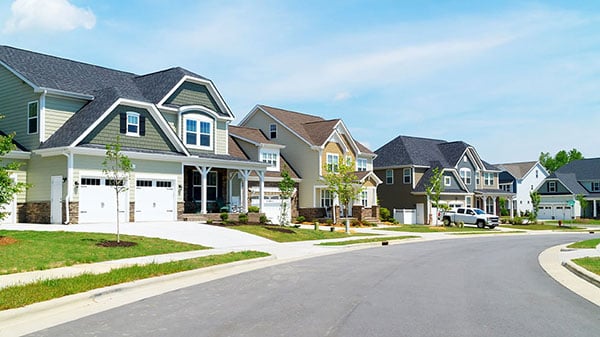Over the course of the next few blogs, we will be providing a brief overview of rules and architectural guidelines in community associations, including:
• Scope of Rules and Architectural Guidelines
• Developing valid and enforceable Rules using formal rule making procedures
• Four Types of Resolutions for Community Associations
• Developing and implementing a due process procedure for enforcing rules
Community Associations use rules and architectural guidelines to:
• Promote harmonious community living
• Maintain, preserve, enhance and protect the property values and assets of the community
Careful rule making and enforcement are essential for community associations for several reasons:
• The need to create a sense of fairness and equity among residents
• People are more likely to question and challenge authority
• When rules are poorly developed or enforced, courts have ruled against community associations
The responsibility to make and enforce rules rests with the Board of Directors of a community. This series will help explain:
• The Board’s authority to make and enforce rules
• What are rules and architectural guidelines
• The scope of rules and regulations
• The sources of the association’s authority to make and enforce rules
In this blog post, let's start by delving into the board's authority to make and enforce rules, define rules and guidelines, as well as their scope.
BOARD’S AUTHORITY TO MAKE AND ENFORCE RULES? The power of the board to enact rules and regulations is generally defined in the declaration, bylaws, and/or state statute. Sometimes the board’s right to enact rules is limited by the requirement that members approve the rules.
WHAT ARE RULES AND GUIDELINES: A rule or regulation is a specific statement of required behavior or action. An architectural guideline is a rule that applies to the appearance of an owner’s lot or the exterior of their unit or improvements. To give you an idea of the scope of rules and guidelines, here are some typical areas of rule making.
| Common Rules | Common Architectural Guidelines |
| Pets | Fencing |
| Children | Decks and Patios |
| Parking | Exterior Lighting |
| Solicitation | Landscaping |
| Unit/Lot Maintenance | Windows and Doors |
| Noise | Location of Improvements upon Lot |
| Garbage and Trash | Exterior Materials/Colors/Surfaces |
| Use of Common Areas and Facilities | Sports & Recreational Equipment |
| Unit Rentals | Window Treatments |
SCOPE OF RULES AND ARCHITECTURAL GUIDELINES: In a community association, rules and guidelines outline expected behavior, identify limitations, and govern the community in four areas. These areas include:
• Use of common property: Rules and guidelines are developed in this area to promote harmonious living.
• Use of individual units: Rules are developed in this area to help promote conformity within the association.
• Appearance of individual lots/units: Rules are developed to address changes in the architecture, the construction, or the appearance of lots or units to establish and preserve a harmonious design for the community, and to protect the value of the property.
• Behavior of residents, guests and visitors: Rules are developed in this area because of the possible impact on person’s behavior may have on another person.

